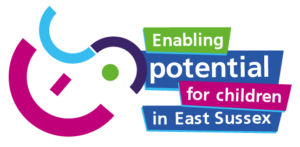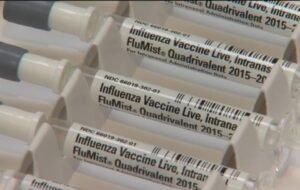PHE’s No Child Left Behind is one of the key avenues to reduce health inequities and inequalities. This is one of the primary goals from the PHE 5 Year Forward Strategy, and the updated Healthy Child Programme 0-19.
No Child Left Behind England aims to identify, and target care for, the most vulnerable children in society.
Tragically, despite requiring the highest levels of care, these are often the children who slip through the net. So, there’s now more need than ever for providers to identify issues, and deliver required care, as efficiently as possible. This could mark a significant public health saving from the ‘cost of late intervention… £16.6 billion a year’.
But, more importantly, reducing the vulnerability of one generation can massively impact later generations. Vulnerability ‘can perpetuate inequality throughout life and from one generation to the next’. This means if providers can facilitate breaking the cycle, they could be saving untold numbers of children from adverse conditions.
Defining Vulnerability – Who Needs Targeted Care to Ensure No Child’s Left Behind
PHE loosely defines vulnerability as a ‘greater risk of experiencing physical or emotional harm and/or experiencing poor outcomes because of one or more factors in their lives.’
From this definition, estimates are that there are 2.3 million children who are vulnerable in the UK. The Office of the Children’s Commissioner projects that 1.6 million of these receive ‘patchy or non-existent’ support. With that said, these figures are only forecast to rise in the wake of COVID-19. The pandemic meant many public health services faced closure, or reduced scope.
An excerpt from PHE’s “Addressing vulnerability in childhood – a public health informed approach”, listing some of the ways COVID has impacted on vulnerable children
Click the image to be taken to the source
The Office of the Children’s Commissioner also published a list of 9 subcategories of vulnerability. These are:
- safeguarding concerns or in local authority care
- health and/or disability
- economic circumstances
- family circumstances and characteristics
- educational engagement
- involvement in offending and/or anti-social behaviour
- experience of abuse and exploitation
- missing and absent children and minority populations
However, even with a checklist it can prove challenging for providers to isolate vulnerable children. Many of the issues targeted by PHE’s No Child Left Behind aren’t immediately apparent. They can often go unreported, due to lack of access to proper channels, or awareness.
What Tools Can Providers Use to Help Identify Vulnerable Children?
To help providers ensure No Child is Left Behind, PHE provides a number of useful supplementary documents. These detail how exactly PHE defines vulnerability, and the “broad-strokes” aims of England’s No Child Left Behind. There are also reports on high impact areas, broken down by Local Authority, to catalyse localised responses to issues.
Leaner, more efficient, provisions of current services are vital to current aims. Primarily, cutting back on current wastage helps ensure that there is enough time and resources to combat the key issues at play. However, it’s also crucial that more children aren’t missed in the name of efficiency. Whilst PHE’s No Child Left Behind isolates caring for the most vulnerable, it still aligns with Healthy Child Programme goals. These include ensuring there is a universal provision of care.
With such large volumes of at-risk children, having the ability to view data on entire cohorts is invaluable. Manually sorting through paper records to find at-risk children is simply an allocation of resources that can’t be justified. This would allow Commissioners and Providers the opportunity to compare anonymised data about the universal reach of HCP.
An added bonus is this aligns with PHE’s overarching goals – through modernising current service provisions, and making data-driven decisions.
Achieving No Child Left Behind in the UK: The Next Steps
The size of the task ahead necessitates new methods. Modernising services could have integral roles in ensuring universal provisions are maintained, whilst allowing for greater targeted care where needed.
If you want to find out more, we recommend viewing our page on Health Needs Assessments. Alternatively, you can read our next post here – which will discuss the specific features you should be on the lookout for, to help you meet PHE’s No Child Left Behind Goals











